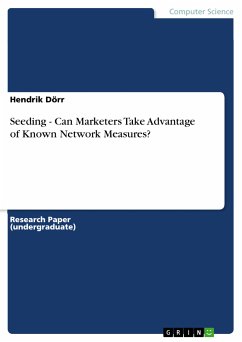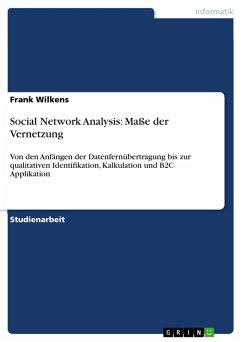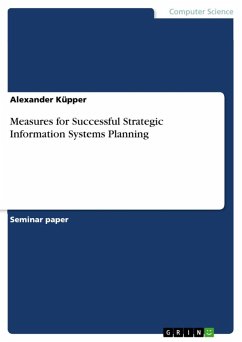Research Paper (undergraduate) from the year 2012 in the subject Computer Science - Commercial Information Technology, grade: 1,7, Technical University of Darmstadt (Electronic Markets), course: Information Systems, language: English, abstract: We provide a short overview on the existing literature and the theoretical framework associated with the field of viral marketing. Hereafter, we provide basic knowledge to conduct a social network analysis and define centrality measures that will be of essential interest in our experiment. Then, we will focus on determinants for a successful viral campaign and especially recommendations for seeding strategies. The main part gives an overview on the preparatory work prior to the experiment and introduces the methodology of the latter. We use a test environment of 120 individuals for our experiment. Our test set-up runs different seeding strategies in parallel testing hubs, fringes, bridges and random sets. In addition, we also examine differences between using the entire network or only the neighbors of the biggest hubs as potential initial targets. A detailed analysis of the outcome of this empirical study follows. Last, we provide a summary of the major findings of this analysis and conclude with shortcomings of this evaluation and recommendations for future research.
Dieser Download kann aus rechtlichen Gründen nur mit Rechnungsadresse in A, B, BG, CY, CZ, D, DK, EW, E, FIN, F, GR, HR, H, IRL, I, LT, L, LR, M, NL, PL, P, R, S, SLO, SK ausgeliefert werden.









